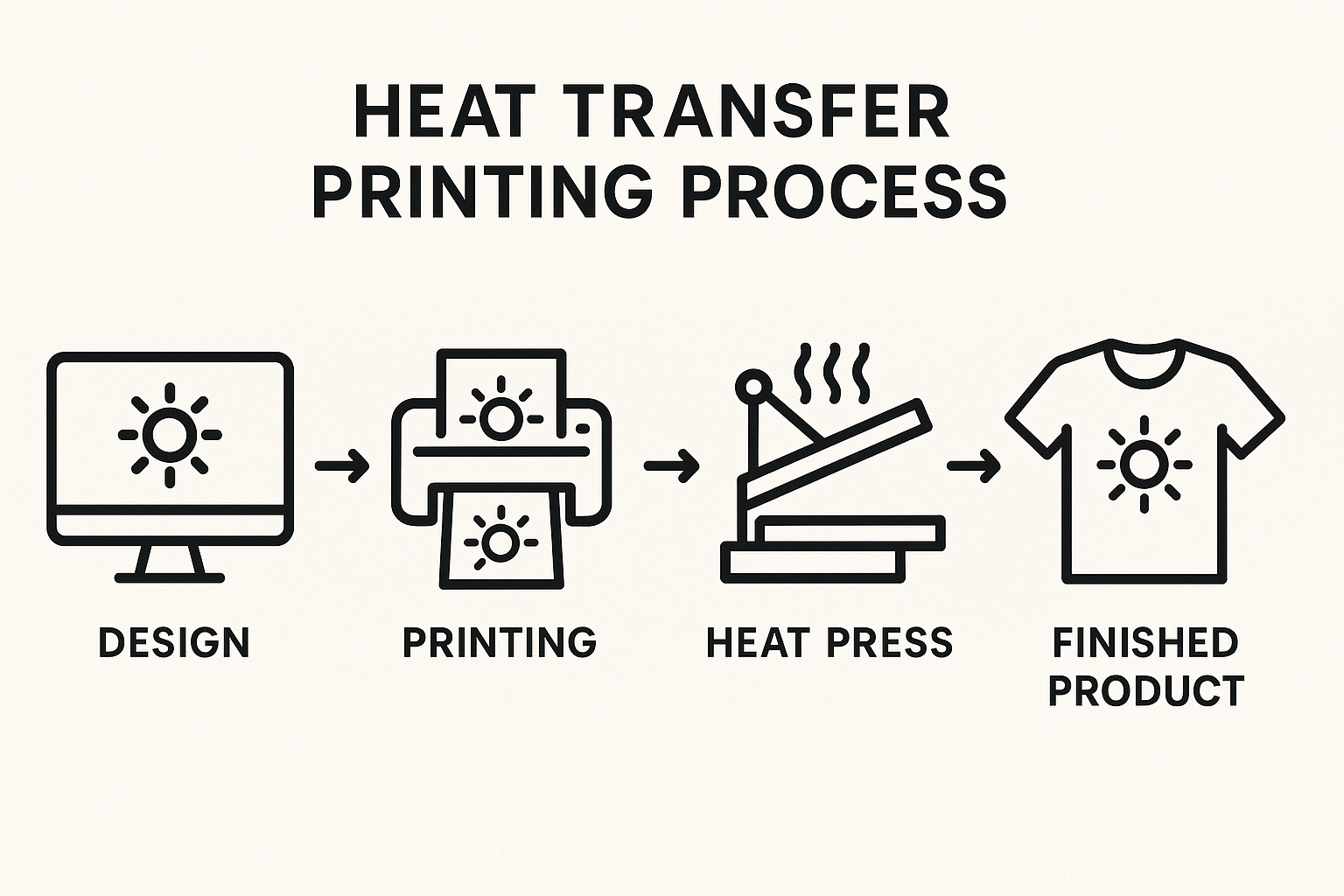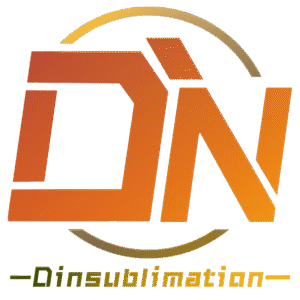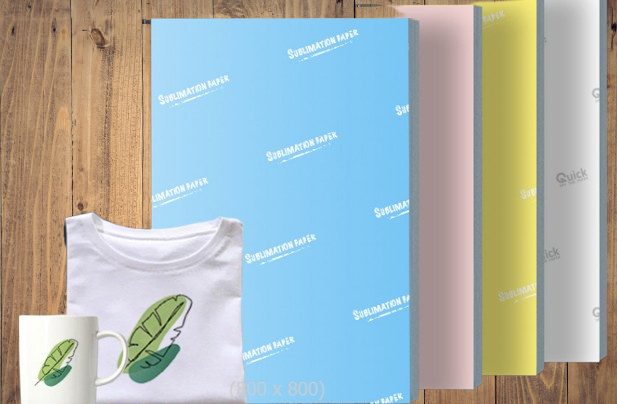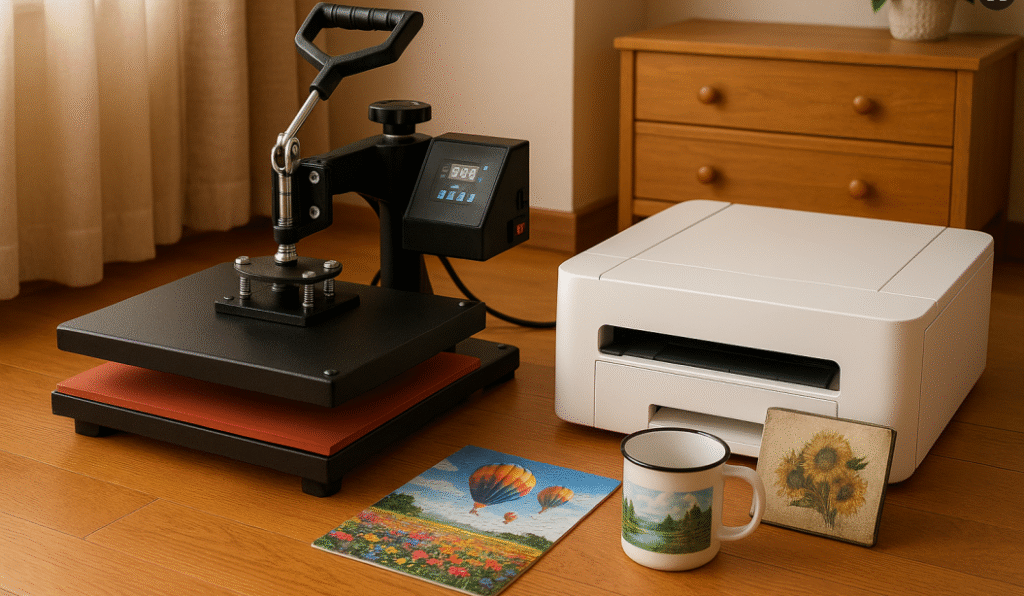Essential Equipment and Materials for Heat Transfer Printing: Beginner's Checklist

Heat transfer printing is a versatile method for transferring designs onto various surfaces. For those new to this industry, understanding the necessary equipment and materials is crucial for success. This comprehensive guide outlines everything a beginner needs to start a heat transfer business.
Essential Equipment
1. Heat Press Machine
- Basic flat press: The foundation of any heat transfer business
- Specialized presses: Consider cap presses, mug presses, or multi-functional presses depending on your product range
- Key features to look for: Adjustable temperature settings, timer, even heat distribution, and pressure control
2. Computer and Design Software
- Computer: Any modern laptop or desktop with sufficient processing power
- Design software: Programs like Adobe Illustrator, Photoshop, CorelDRAW, or beginner-friendly alternatives like Canva
- RIP software: For color management and print optimization
3. Printer
- Inkjet printer: For sublimation or pigment transfers
- Laser printer: For certain transfer papers
- Specialized sublimation printer: If focusing on sublimation transfers
4. Cutting Equipment
- Scissors and craft knives: For basic cutting needs
- Paper trimmer: For precise straight cuts
- Vinyl cutter/plotter: For creating custom vinyl transfers
- Heat transfer vinyl cutting machine: Like Silhouette or Cricut for detailed designs
Essential Materials
1. Transfer Papers
- Sublimation transfer paper: For use with sublimation inks
- Inkjet transfer paper: For light or dark fabrics
- Laser transfer paper: Compatible with laser printers
- Water slide decal paper: For ceramics and glass
2. Inks
- Sublimation ink: For polyester and polymer-coated substrates
- Pigment ink: For cotton and various fabric transfers
- Heat transfer vinyl (HTV): In various colors and finishes
3. Blank Products
- Apparel: T-shirts, hoodies, caps (polyester for sublimation, cotton for HTV)
- Hard goods: Mugs, coasters, phone cases, mousepads
- Specialized items: Puzzles, ornaments, photo panels, bags
4. Additional Supplies
- Heat resistant tape: To secure transfers during pressing
- Teflon sheets: To protect your heat press and items
- Heat resistant gloves: For safety when handling hot items
- Lint roller: For preparing garment surfaces
- Cleaning solutions: For printer maintenance
- Measuring tools: Ruler, measuring tape for accurate placement
Starter Recommendations
For absolute beginners, consider starting with:
- A 15″ x 15″ flat heat press (5-in-1 multi-functional if budget allows)
- Basic design software
- Entry-level sublimation printer or standard inkjet printer
- Small selection of transfer papers suited to your target products
- Heat transfer vinyl in popular colors
- Assortment of blank products to practice on
Considerations Before Purchasing
- Budget: Start with essential equipment and expand as your business grows
- Space requirements: Ensure adequate workspace for all equipment
- Power requirements: Check electrical specifications for all devices
- Target market: Select equipment based on the products you plan to produce
- Quality vs. cost: Consider investing in higher quality core equipment
Getting started in heat transfer printing requires initial investment, but with the right equipment and materials, even beginners can produce professional-quality products. As your skills and business grow, you can gradually expand your equipment collection to meet increasing demand and diversify your product offerings.



